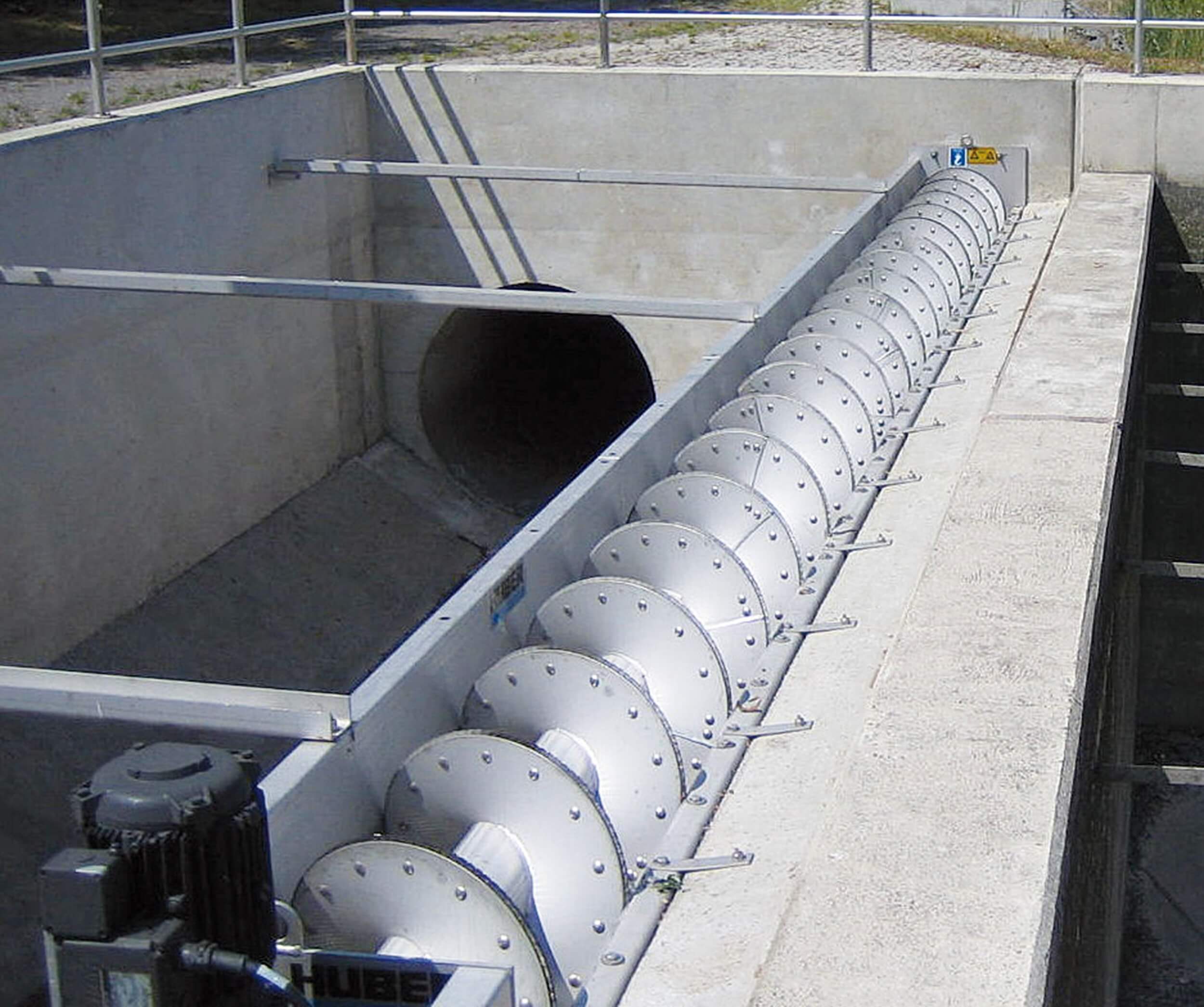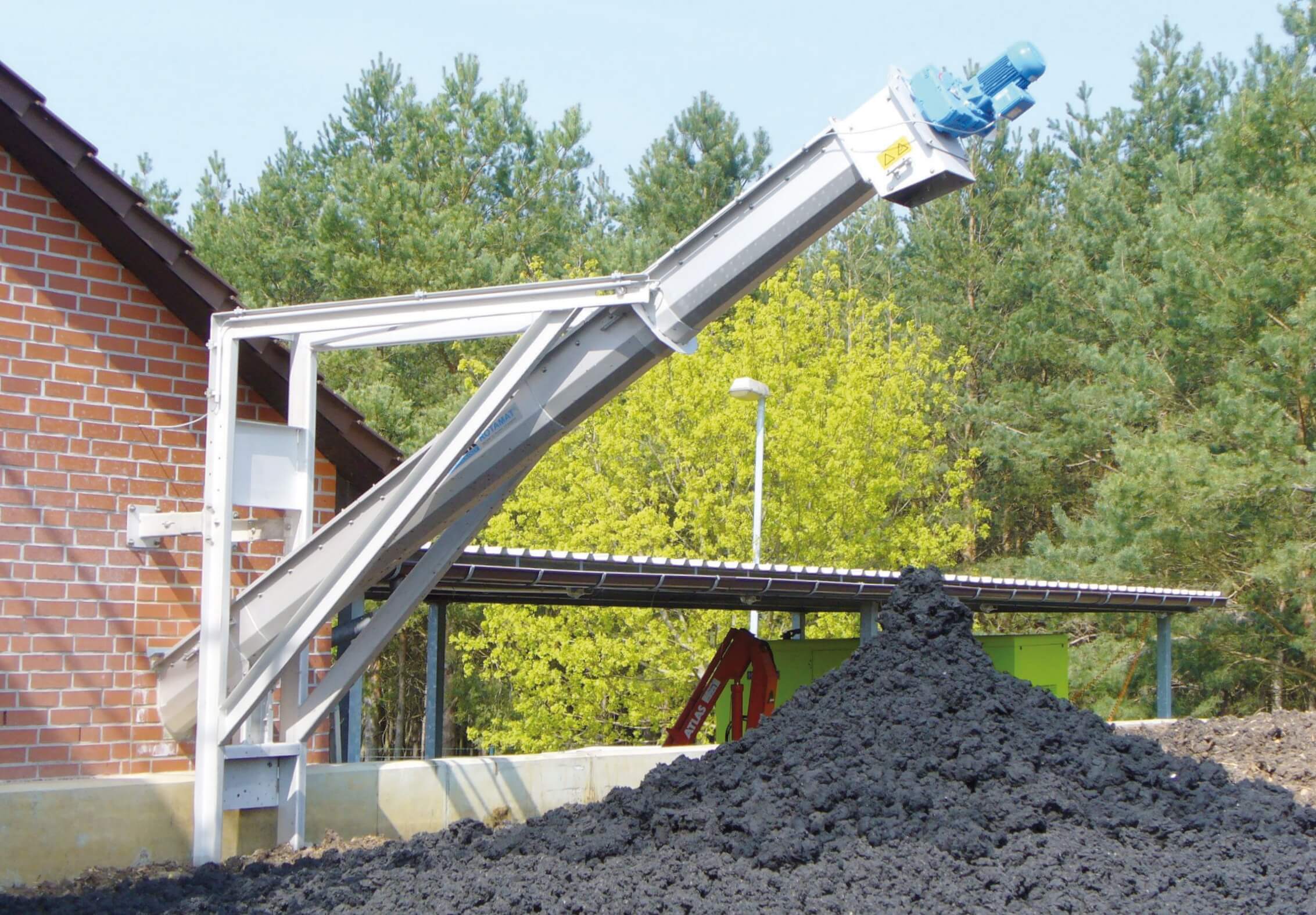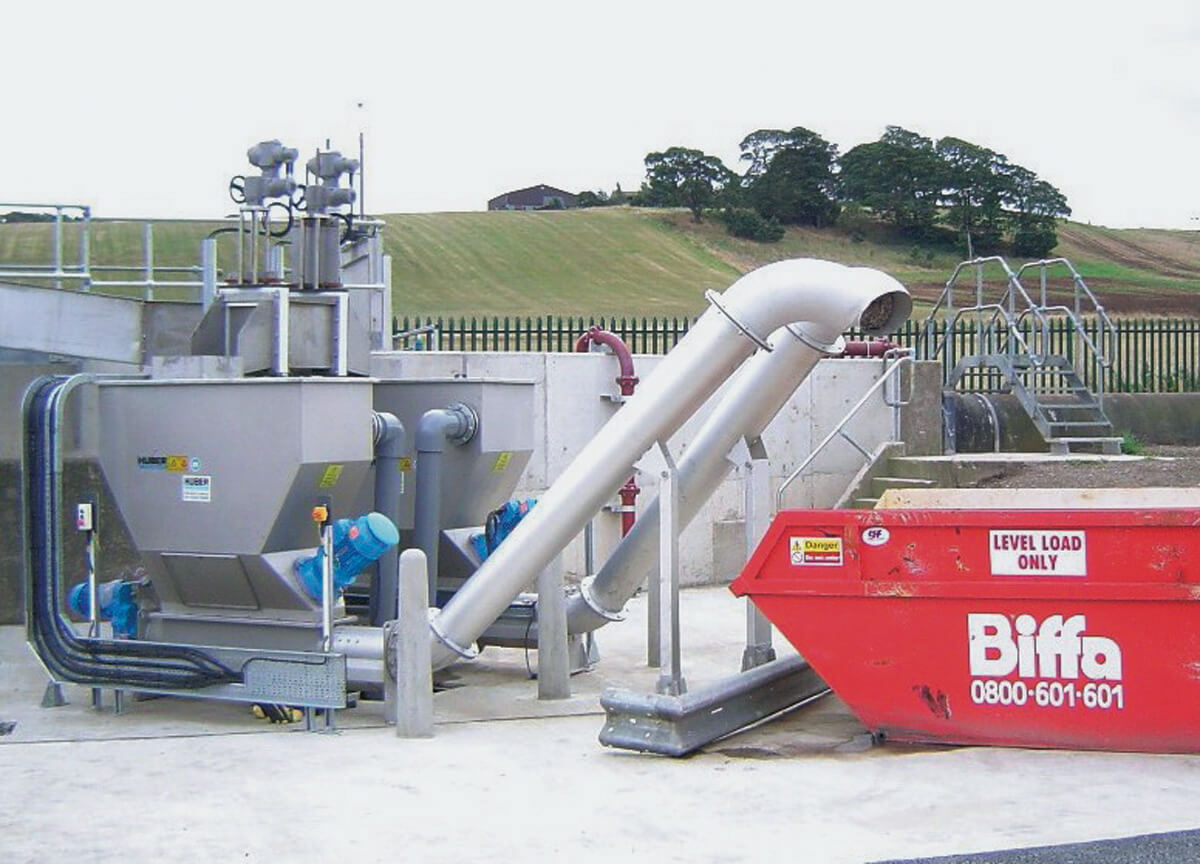The Monsanto-Santa Apolónia combined sewer tunnel in Lisbon – a technical masterpiece: HUBER machine technology for screening combined sewer water
The combined sewer tunnel in Lisbon is a state-of-the-art infrastructure project that protects the city from flooding caused by heavy rainfall and drains urban wastewater during dry weather periods. In the past, extreme rainfall of up to 60 mm per hour repeatedly caused considerable damage in lower-lying districts of the city. The Túnel Monsanto-Santa Apolónia, the so-called ‘mega tunnel’, is the city administration's largest construction project to date and a central component of the urban climate adaptation strategy.
With a length of exactly 4,975 metres and an internal diameter of 5.5 metres, the tunnel was designed to handle water volumes of up to 40 cubic metres per second. This corresponds to around 2.4 million litres per minute or the capacity of 16 Olympic swimming pools within 60 seconds.


Efficient water drainage through hydraulic optimisation
The system begins in the higher-lying areas of the city, where specially developed inlet structures with a hydraulic capacity of 200 cubic metres per minute collect surface water. A branched network of collection pipes transports the water together with local wastewater to the main tunnel with minimal energy loss. The flow velocity reaches up to 5.2 metres per second, ensuring efficient drainage without backwater and sedimentation.
The final outlets are strategically located in the immediate vicinity of the River Tagus and have been designed so as not to interfere with the natural currents of the river. A special energy dissipation system reduces the flow velocity of the discharged water to prevent erosion of the banks.
Engineering challenges and construction method
The tunnel's construction incorporates state-of-the-art engineering techniques to ensure stability, durability and minimal impact on the surrounding urban structure. During the construction phase, complex geological challenges were overcome, including the crossing of a wide variety of rock layers and minimising the impact on existing buildings and transport routes. Prefabricated reinforced concrete segments were used to stabilise the tunnel wall.
Reliable and efficient machine technology from HUBER for combined sewer water screening
A central component of the tunnel system is a multi-stage combined sewer water screening system, which prevents coarse contaminants from entering the River Tagus by returning the retained screenings to the local sewer system. The system essentially consists of the following HUBER machines:
- 12x HUBER Storm Screen ROTAMAT® RoK1
- 6x HUBER Screw Conveyor Ro8 T
- 1 HUBER Launder Channel HLC
The complete solution from HUBER will ensure efficient retention and removal of particles larger than 6 mm in the future. Two-dimensional screening by the HUBER RoK1 reliably removes organic and inorganic solids such as leaves, plastic waste and sediments before the water is discharged into the river. The downstream screw conveyors then transport the concentrated screenings from the RoK1 to the launder channel, which is used to discharge the screenings from the system. This measure significantly improves water quality and protects the ecological balance in the Tagus.
Sustainability and long-term impact
Depending on rainfall intensity, the planned annual volume of water that can be diverted through the tunnel is up to 25 million cubic metres. This enormous capacity will significantly reduce the risk of flooding in Lisbon, particularly in districts such as Baixa and Alfama, which have been badly affected in the past.
Modern engineering technology and sustainable urban planning
This major technological project not only represents a milestone for the city, it also sets new standards in urban flood prevention. With increasing weather extremes as a result of climate change, the rainwater tunnel shows how modern engineering technology and sustainable urban planning can be successfully combined.



